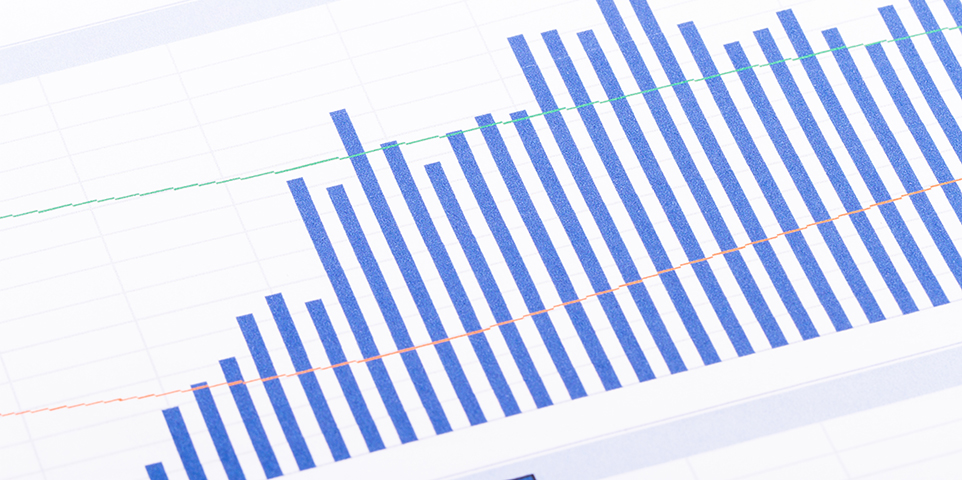MEMBERSHIP
AMPLIFY
EN ESPAÑOL
Connect With Us
- Popular search terms
- Automobile
- Home + Renters
- Claims
- Fraud
- Hurricane
- Popular Topics
- Automobile
- Home + Renters
- The Basics
- Disaster + Preparation
- Life Insurance

The Insurance Information Institute (I.I.I.) Inflation Watch spreadsheet contains the latest data from the U.S. Department of Labor’s Bureau of Labor Statistics (BLS). Both current and expected near-term general inflation continue to be quite low. The CPI-U—the popular measure of inflation, sometimes called headline inflation—rose by 1.0 percent in February 2016 vs. February 2015, before seasonal adjustment. However, core inflation—the overall index minus the effects of price changes for food and energy—rose 2.3 percent for the 12 months ending February 2016 (the largest 12-month increase since the year ending May 2012). The BLS year-over-year core inflation rate has been trending up since May 2015. The core year-over-year Personal Consumption Expenditure (PCE) deflator—the Federal Reserve Bank’s preferred inflation measure—has ranged from 1.3 percent to 1.9 percent since the end of the Great Recession and, as of January 2016, was 1.7 percent. There is still some slack in both the U.S. and especially the larger global economies, making sharp near-term overall future price increases unlikely. From a macroeconomic policy viewpoint, rising inflation does not appear to be a current or near-future problem to combat. Most forecasters project headline CPI for the full year 2016 to range between 0.7 and 1.7 percent.
Price trends for items that more directly affect property/casualty (P/C) insurance claims do not necessarily follow broad-based price indexes. Prices for items such as intensive healthcare affect claims under third-party coverages such as workers compensation and bodily injury liability, as well as first-party coverages like PIP and med pay and medical expense insurance. For many years these price increases have far outpaced both headline inflation and the overall price index for medical care. This pattern continued in 2016, although the gap was smaller. Seasonally adjusted on a year-over-year basis, in February 2016 prices for inpatient hospital care rose by 5.9 percent. Seasonally-adjusted prices for outpatient hospital services rose by 3.2 percent in February 2016 over February 2015. It is unusual for price changes in inpatient services to be accelerating while price increases for outpatient services are slowing down, but that is what the latest year-over-year data show. Price changes for prescription drugs have been moderating; in February 2016 prices for prescription drugs rose by 3.4 percent over February 2015.
Price increases relating to auto insurance property claims have been quite moderate recently. Prices for motor vehicle parts and equipment, which affect not only comprehensive and collision claims, but property damage liability as well, fell by 0.4 percent in February 2016 vs. February 2015. These prices fell in most months since August 2012 and despite some monthly increases, are about even with prices in June 2011. Falling prices for motor vehicle parts and equipment are welcome, of course, but they should be put into context: between August 2000 and August 2012 these prices rose virtually every month, for a cumulative gain of 46.7 percent (a compound annual growth rate of about 3.3 percent). Prices for motor vehicle repair rose by 1.6 percent for the 12 months ending February 2016; prices for motor vehicle body work rose by 2.1 percent year-over-year (not seasonally adjusted). The BLS survey of consumer prices for motor vehicle insurance in February 2016 rose by 5.1 percent year-over-year; this is partly attributable to a 1.0 percent increase in November over October 2015—the largest one-month increase since July 2013 and only the second time since April 2003 that we have seen an increase of that size. Of course, many factors other than prices for auto repair—such as the continuing drop in insurers’ investment income, and continuing above-CPI growth in the prices for intensive medical care, as noted above—likely are affecting these increases.
Finally, average weekly earnings of all employees in private employment rose 1.6 percent in February 2016 on a year-over-year basis—about two-thirds of a percentage point slower than the rise in the core CPI. Wage growth affects workers compensation and indirectly, liability and PIP claims. Wage growth below inflation means consumers have diminished buying power, which could lead to weaker economic growth near term. This is the first time in awhile that wage growth has not kept up with (and actually slightly exceeded) the core measure of inflation. Moreover, other data—the six million people who are working part-time but want full-time employment, the 600,000 people who say they are “discouraged” from even looking for a job, etc.—tell a similar story of slack remaining in the labor market despite the low “headline” unemployment rate. The labor market slack is generally believed to generally restrain higher inflation, at least in the coming months.
Please click on the file name below to view the article in PDF format. You will need Adobe Acrobat Reader to view the file.
Download inflationwatch_03-2016.xlsx
You can download Adobe Acrobat Reader, free of charge, from the Adobe website (https://www.adobe.com/products/acrobat/readstep.html).
Note: Printer fonts may vary by browser and version of Adobe Reader.